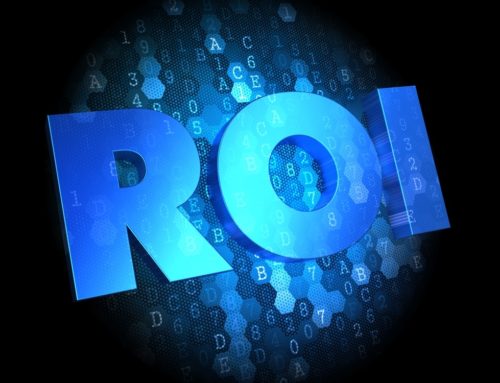Recently, we highlighted the differences between a landing page vs. homepage. Today, we’re exploring landing page marketing strategy — and specifically, 3 ways to improve conversion rates.
A Note About Conversions
Before exploring landing page strategy, it’s helpful to clarify something about conversions that is often misunderstood: in the context of inbound marketing, it doesn’t refer to making a sale or achieving a transaction.
Of course, the ultimate goal is to usher customers towards making a purchase. But unlike conventional sales pages, inbound marketing landing pages are all about “gating” customers – i.e. swapping an asset, such as an ebook, for customer details (e.g. email address, buying intentions, etc.). Businesses then use this information to optimize their engagement strategy. And of course, the asset itself is doing some heavy lifting and making a positive impact, which helps attract customers and bring them into a relationship.
With that being said, now let’s turn our attention back to landing page strategy, and 3 ways to improve conversion rates:
Create an Omnichannel Experience
Customers want and increasingly expect an omnichannel experience, which essentially means that when they click through to a landing page, they want to feel as though they’ve opened a room in the same house – not entered a new house altogether.
As such, the number one landing page marketing strategy rule is to align layout, design and copy with where the customer is coming from. If that launching point is an online ad, then the messaging should be similar (or perhaps even word-for-word). If that launching point is another page on the website, then the look and feel should be consistent.
In a sense, this landing page strategy can best be described in negative terms: businesses don’t want to distract customers from doing what they set out to do, which is download an ebook, Infographic, or other asset.
Incorporate Buyer Personas
Another effective landing page strategy is to reflect buyer persona aspirations, pain points, goals and objectives within the copy. With this being said, it’s very important not to overload the page with too much information, because this will reduce conversion rates.
Remember: unlike visitors to a homepage, folks on a landing page are much more focused, because a second ago they were told to click something to get something. The goal here is to give them some fast-moving, high-level messaging.
And if you’re wondering why there needs to be copy whatsoever on a landing page (i.e. why not just put a big “download now” button and a form), it’s because the place where customers just came from – an online ad, another page on a website, a link in a blog post or article, etc. – didn’t and couldn’t tell them a story. There was no time or space. And so the copy on a landing page has to fill in some gaps, but again, in a very fast-moving way that tells customers that they’re in the right place, at the right time, and about to do the right thing.
Optimize Forms
Last but not least, an extremely important landing page strategy is to optimize forms based on two key factors: 1) buyer personas, and 2) stage of the customer journey.
Optimizing a landing page form for buyer personas involves asking relevant questions to maximize data gathering. For example, a landing page targeting IT managers might have a form that asks “what is your annual IT budget?” or “what is your most pressing IT maintenance challenge?”
Optimizing a landing page for stage of the customer journey involves keeping the form as short as possible for customers early in the process – since the relationship isn’t “sticky” and asking them too much, too soon will have them bounce away. Customers who are further along in the journey can usually be given longer forms that ask the questions used in the example above.
We routinely come across forms that violate this fundamental landing page marketing strategy– typically by asking for way too much information. Frankly, for customer just starting out on the customer journey, typically the MOST that a business can ask for is a name and email.
Learn More Landing Page Strategies
At Leap Clixx, we integrate these fundamental landing page strategies (and others) into our clients’ online and inbound marketing campaigns – because we know what works, and just as importantly, we know what doesn’t.
Ready to discover more ways to boost conversion & turn your website into a lead generation machine? Download our FREE eBook now:
{{cta(‘cb73b3af-eb8c-4962-b1fc-0b6d161a903e’)}}





